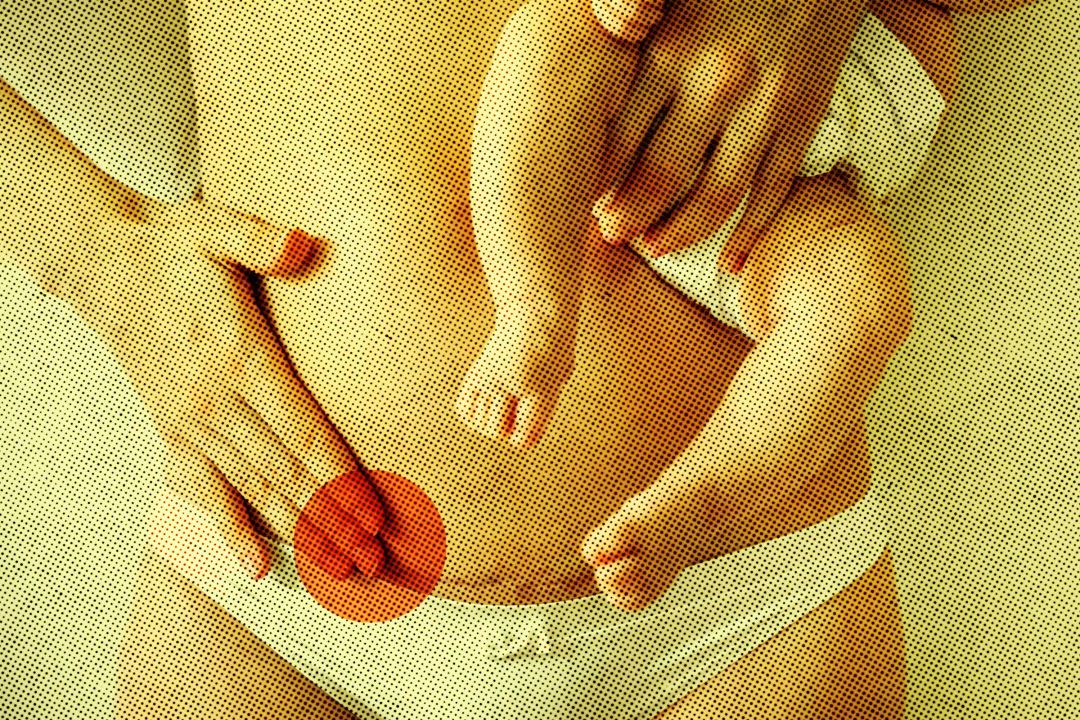What Should Expectant Mothers Know About C-Sections?

Image: Kari Perrin
In 2020, more than 30 percent of births in the United States were by cesarean (C-section), according to the Centers for Disease Control and Prevention. About 60 years ago, though, only 5 percent of births were ccesarean.
Why has this number risen so much? Are there benefits or risks that expectant mothers should be thinking about when choosing a C-section?
Dr. Sarah Somer at First Physicians Group OBGYN says about 25 percent of the deliveries at Sarasota Memorial Hospital in 2021 were C-sections. Here are her insights into the procedure.
When is a cesarean necessary?
The most common causes of cesarean are failure of labor to progress, nonreassuring fetal status (like heart rate abnormalities) and when the baby is breech.
"With a C-section, we are typically doing it because it's safest for baby and/or mom," explains Somer. Less common reasons for cesarean include mothers who have had major vaginal tears, an abdominal cerclage (a procedure that closes the cervix during pregnancy) or obstructive lesions in the lower genital tract.
Cases in which babies are at risk for congenital anomalies, abnormal heart rate, herpes or HIV from the mother are also recommended for C-sections.
What are the benefits of a cesarean?
Somer says women who have cesareans may be less likely to have urinary incontinence and sexual dysfunction after birth. A C-section can also be scheduled in advance, giving the mother time to prepare. If women also experience anticipatory anxiety about vaginal birth, a C-section may feel more comfortable for them.
What are the risks?
"There are several important risks of cesarean that are more common than in vaginal birth," says Somer. They include infection and pain at the incision site, blood loss and blood clots, increased need for C-sections in subsequent births that may come with their own complications, and post-birth complications for babies including respiratory complications.
C-sections also require longer hospital stays (up to three days) and longer recovery times (six weeks) compared to vaginal birth.
Why have cesareans increased in numbers over the years?
According to the International Cesarean Awareness Network, the reason C-sections have increased is because of an increase in multiple births (such as twins), an increase in obesity in pregnant women, and a rise in the number of older women giving birth.
Induced labor and scheduled C-sections have also increased. Somer says this is an area of great debate in the medical field—how often inductions are necessary and whether this impacts C-section rates. "Scheduled C-sections are more of a trend now, but not every insurance company will pay for a non-medical reason," she says. "This is not something we typically encourage." Somer says she has lengthy conversations with patients to discuss the pros and cons.
There is also research to suggest that some healthcare providers and insurance companies may favor C-sections due to less risk and liability involved for the hospital. However, Somer says facilities like Sarasota Memorial Hospital do what's healthiest for mother and baby to have the best possible outcomes, whether that is a medically necessary C-section or vaginal birth.
What else should expectant mothers know?
Somer has had multiple occasions where a patient wanted a C-section, but was not aware of the risks. "Most of the time, [expectant mothers] just don't understand how much more involved a c-sction is, and the risks of getting multiple subsequent C-sections," she explains. It can cause scarring and in rare cases, the placenta to grow into the uterine scarring."
When not medically necessary, education about C-section versus vaginal birth is important. Somer says doctors should also inform patients of the option of VBACs—or vaginal births after C-sections—which reduces the risk of further complications.
"If VBACs are done properly in a hospital setting and with close monitoring of an OBGYN and anesthetic staff, they are very safe and successful," says Somer.
Another big trend recently has been out-of-hospital or at-home births, mostly because women are afraid they'll end up with a forced C-section and unnecessary medical interventions at the hospital. But Somer reassures patients that SMH's and First Physician's goal is healthy moms and babies.
"Sometimes C-sections are the best way to ensure healthy outcomes; we are always looking at the specifics of each situation and what's best for our patients," she says.



